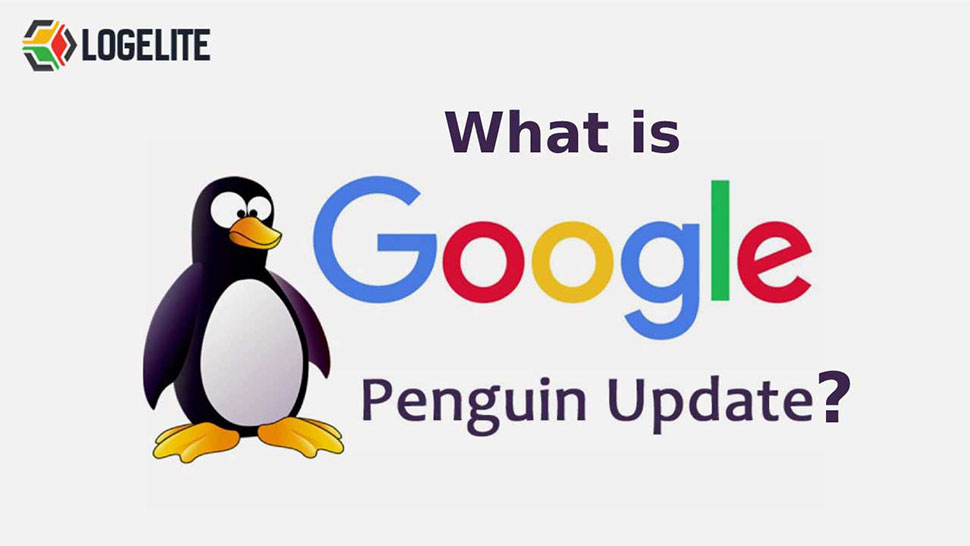Google launched the Penguin Update as a new effort to reward high-quality websites and, on the other hand, diminish the search engine results page (SERP) presence of websites that engaged in manipulative link schemes and keyword stuffing.
Initially, Penguin launched as a separate “filter,” which impacted 3.1% of English language search engine queries. Later the filter went through 10 documented updates between 2012 and 2016. Penguin kept evolving and influencing the SEO community’s understanding of the problematic practices. As of early 2017, Penguin is now part of Google’s core algorithm.
According to John Mueller, a Google staffer, Penguin is a site-wide algorithm because the presence of many low-quality links that point to one page of your website could result in a reduction of Google’s trust in your entire website. However, some SEOs believe that by the iteration of Penguin 4.0, the filters have softened slightly and are no longer penalizing total domains.
Triggers concerning Penguin
- The website creates an artificial picture of popularity and relevance to manipulate Google into the bestowing high ranking. Penguin now monitors the development, acquisition, or purchase of backlinks from local quality or unrelated websites and falsely inflates its appearance on the leading websites.
- There are many keywords on a web page to manipulate rank through the appearance of relevance to specific search phrases. And this whole process is known as keyword stuffing.
You can Discover if Penguin has struck you.
There is a difference between Penguin and a manual penalty for unnatural linking. Penguin is a google index filter applicable to all websites, whereas manual penalty is specific to a single website that Google has determined to be spamming. If a Google user reports spam, manual penalties may occur, and Google may manually monitor some industries (like payday loan companies) more than other (like bread bakeries).
You may get affected by this filter if your website’s analytics show a drop in rankings or traffic on a date associated with a Penguin update. Ensure you have ruled out expected traffic fluctuations, and carefully evaluate whether your keyword optimization or linking practices would be spammy by Google. Make these little efforts to save it from becoming vulnerable to an update like Penguin.
How to recover from Penguin
Unlike a manual link penalty, you do not file a reconsideration request to lift a Penguin penalty. Instead, taking action to remedy problems will often earn ‘forgiveness’ the next time Googlebot comes to your site. The recovery steps include:
- You have to remove unnatural links over which you have control along with links you’ve built yourself or have caused to be on 3rd party websites.
- Remove the spammy sites which you can’t control.
- Revision your website’s contents to remedy over-optimization and ensure that the implementation of keywords is natural instead of repetitive on pages where there is no relationship between the topics and the keywords in use.
Penguin’s formation’s main reason was to remedy a severe weakness in Google’s system that enabled their algorithm to be tricked by low-quality links and keyword over-optimization of pages. To avoid your website’s devaluation by Google for spam practices, the content you publish should reflect the natural language and your link earning, and building practices must be safe.

Comment
Write a Reply or Comment